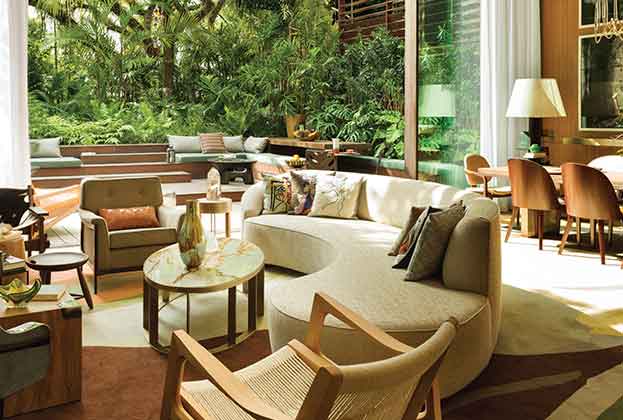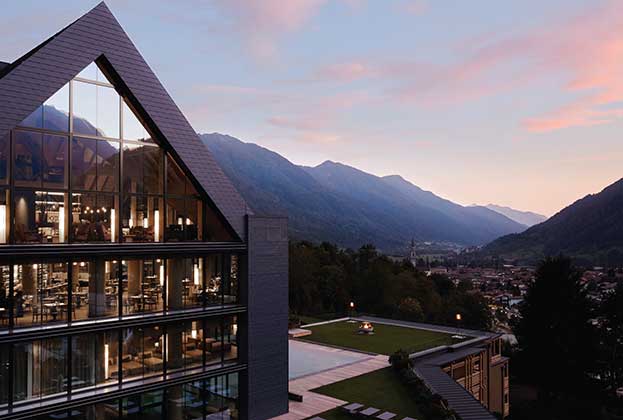The branded residential sector continues to expand geographically with more brands entering the market
The branded residential sector has grown 170%, by number of schemes over the past 10 years and 2020 is set to be another record year, with over 100 additional schemes opening.
The number of brands has risen from more than 60 to 130 in the last decade, and is forecast to reach almost 160 by 2025. As the sector has matured so it is becoming increasingly geographically diverse.
Going global
The branded residential sector has historically been focused in North America. The region was home to over half of all schemes until 2015 and currently accounts for 40% of completed schemes. The pipeline demonstrates that brands are continuing to expand geographically, particularly driven by growth in Asia Pacific. Asia Pacific accounts for the largest share of pipeline schemes (25%), followed by the Middle East & North Africa (20%), and Europe (17%), compared to 16% in North America.
The United States remains by far the largest single-country market offering a total of 183 complete schemes. This is more than the next nine largest country-level markets combined. Thailand and the United Arab Emirates are the second and third largest country markets, with 34 and 31 completed schemes respectively.
The cities with the most schemes today are Miami (32), Dubai (29) and New York (25). Dubai is forecast to become the largest city based on pipeline schemes.
Growth hotspots
Globally, a number of new growth hotspots are emerging. Egypt is forecast to grow fastest of any country over the next four years, rising from one to 18 schemes. Other countries moving from a low base include Spain (+83%), Bahrain (+80%), Belize (+80%) and Costa Rica (+80%).
The United Arab Emirates, Mexico and Brazil are expected to add the most schemes by number among the fastest-growing countries (those adding at least 50% to their existing supply). Other fast-growing markets, with a pipeline of at least six schemes, include Vietnam, the UK, Morocco, Malaysia, Australia and Saudi Arabia.
This mixture of emerging and established prime markets illustrates the ever-widening reach of the sector today. Now a proven formula, brands are confident entering new geographies. This is illustrated by the fact that 12 countries are scheduled to see schemes open for the first time by 2024. Leading the way for debut schemes are Cyprus and Nigeria, both with four developments each.
Counting completed and pipeline, the Ritz-Carlton (a Marriott brand) is the largest player by individual brand, followed by Four Seasons, both with more than 40 open and operating developments. YOO Inspired by Starck, and Trump rank third and fourth respectively.
St Regis is expected to overtake W (both Marriott brands) and YOO Studio and rise to fifth place, with 18 schemes in the pipeline. We have separated YOO into sub-brands. YOO was established in 1999 by John Hitchcox in partnership with designer Philippe Starck. It works with a team of celebrity designers, including Jade Jagger and Kelly Hoppen, to create distinctive designer-branded residences that bring visibility to projects. If YOO were to be counted as a single brand, they would be the largest brand by some margin.
Meanwhile, Fairmont (an Accor brand) and Mandarin Oriental are to enter the top 10, with large pipelines of 17 and 14 schemes respectively. One of the fastest-growing players in branded residences, the number of Mandarin Oriental branded residential projects will rise threefold as a result. While the majority of their residences are adjacent to a Mandarin Oriental hotel (co-located), standalone schemes are in the pipeline. These include projects on Fifth Avenue in New York and 111 Passeig de Gràcia in Barcelona.
Emerging brands are carving out niches in the market and are also expanding. Lefay, the leading Italian brand in luxury wellness hospitality, has one scheme with residences open and operating in the Dolomites and is expanding with two more schemes, one in Tuscany and the second in the Swiss Alps. Dream Hotel Group is another emerging brand. It plans to enter the market by 2021 with seven schemes in the pipeline across four of its brands, the majority located in the Americas, the exception being a pipeline scheme in Belgium.
The top 10 players in the sector since 2000
Analysing the top brand parent companies active in the sector over the past two decades, much has changed since Trump topped the table back in 2000.
Marriott has been the largest player since 2002, overtaking Trump, which slipped to fourth by mid-year 2020. Marriott is now by far the leader in the sector.
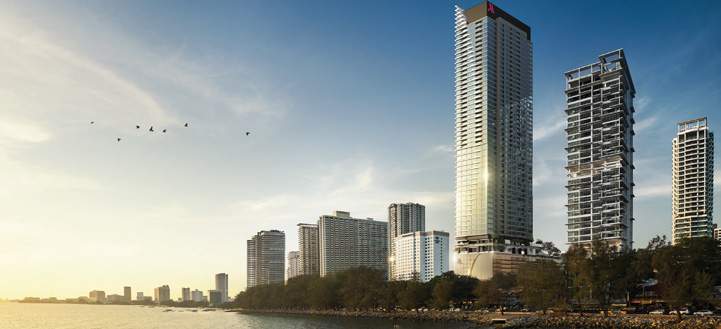
The Marriott Residences, Penang
Accor ranks sixth by number of complete schemes, as of mid-year 2020. The company has expanded its presence in the sector significantly over the past 20 years and has a substantial pipeline. This expansion will push it into second place, behind Marriott.
Other fast-rising players include YOO, moving from tenth place in 2003 to second in mid-year 2020. IHG has risen to eighth from 12th place in 2012, while Dubai based master-developer Emaar has risen to 10th place from 24th in 2007.
Read the articles within Spotlight: Branded Residences below.
Further information
Global Residential Development Consultancy
.jpg)
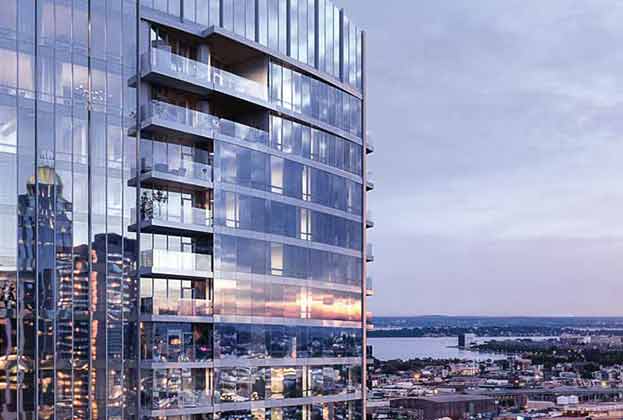
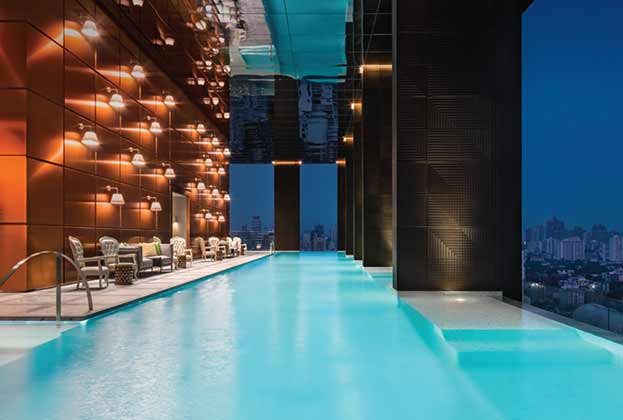
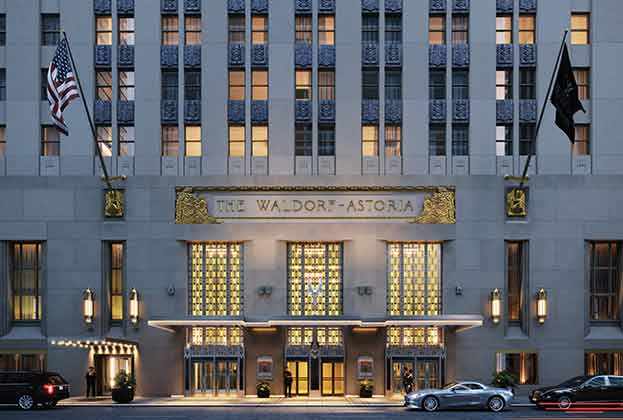
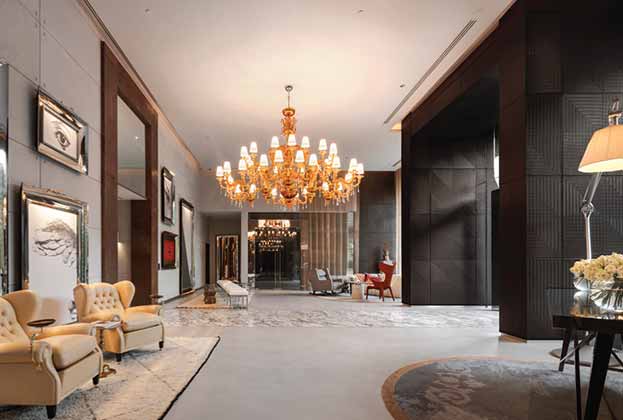
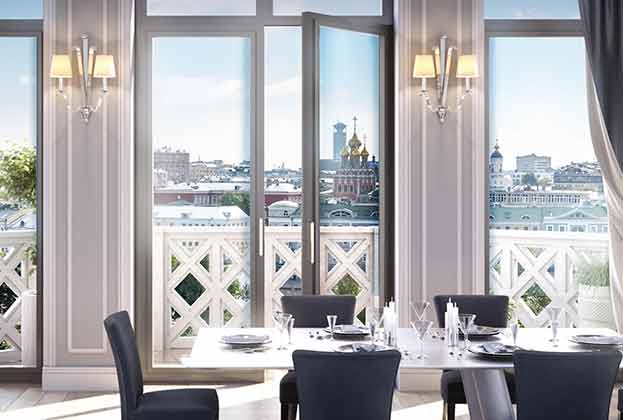
.jpg)
